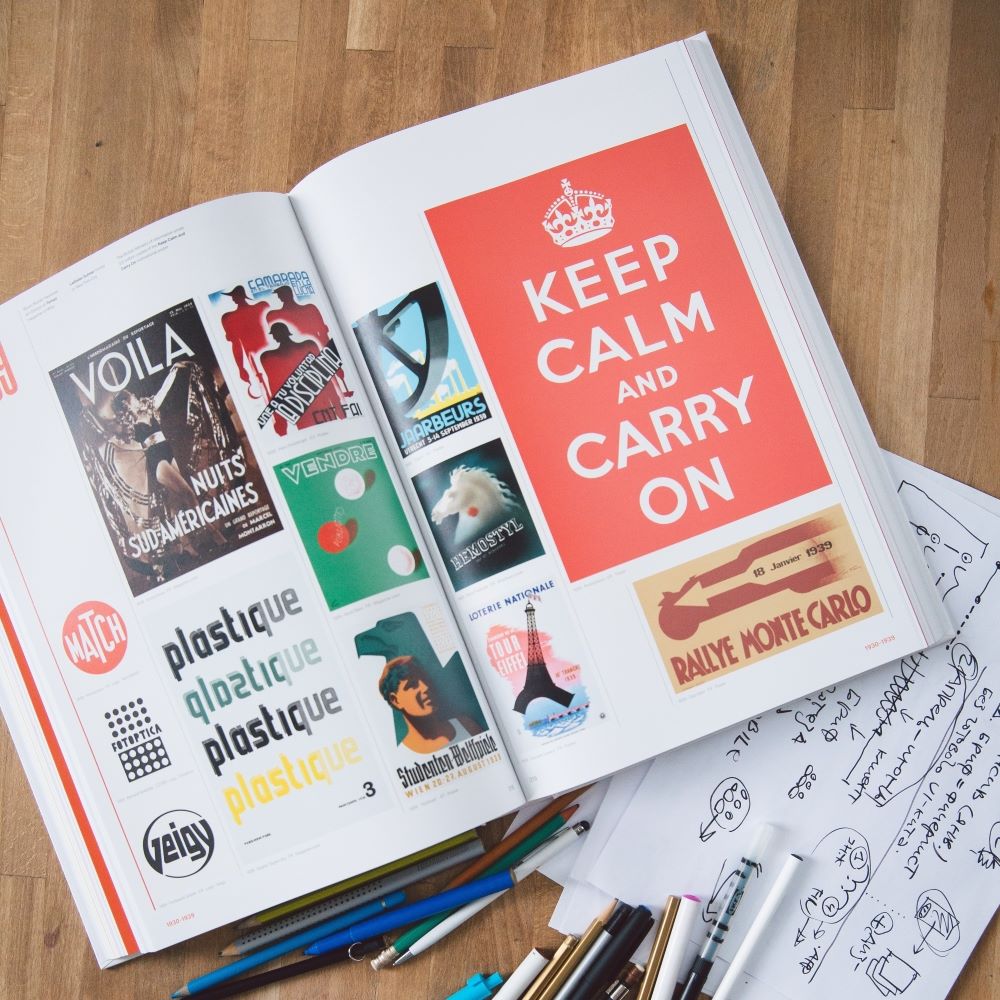Mustard or mayo? Hummus? Maybe an olive tapenade? Fancy. But no, we’re not talking about those types of spreads. Today, we’re here with a quick post discussing the differences between reader spreads and printer spreads.
The long and short of it is that with the technology at our disposal in the print world today, there’s no need for you or your designer to go through the headache of setting up your print file in printer spreads. The process is so much simpler on your end, and ours, if you create layouts in page order. Thank you, and you’re welcome.
First of all, what is a spread anyway?
A spread is two pages that sit side by side when you open a book, whether it be saddle stitched, perfect bound or wire-o/coil bound.
So what IS the difference between reader spreads and printer spreads?
Reader spreads are just that: pages laid out straight through in numerical order, as a reader would flip through them.
But that’s not how books are produced. They’re produced in printer spreads, so that when your book is put together, the pages appear in the correct order.
For instance, when a saddle stitch book is put together, the signatures are nested into each other, meaning consecutive pages are not necessarily even on the same piece of paper when your finished piece is put together. For any stitched booklet, your inside front and inside back covers are side by side on the sheet for production, even though the finished product will have multiple pages between them.
The software we have in prepress does all this hard work for you (and for us!). We have layout templates for various page counts that we can choose from, and then we just import your file and the software puts the pages where they need to be for production. Easy peasy!
Do you build in reader spreads or printer spreads?
Photo by Polina Zimmerman from Pexels

